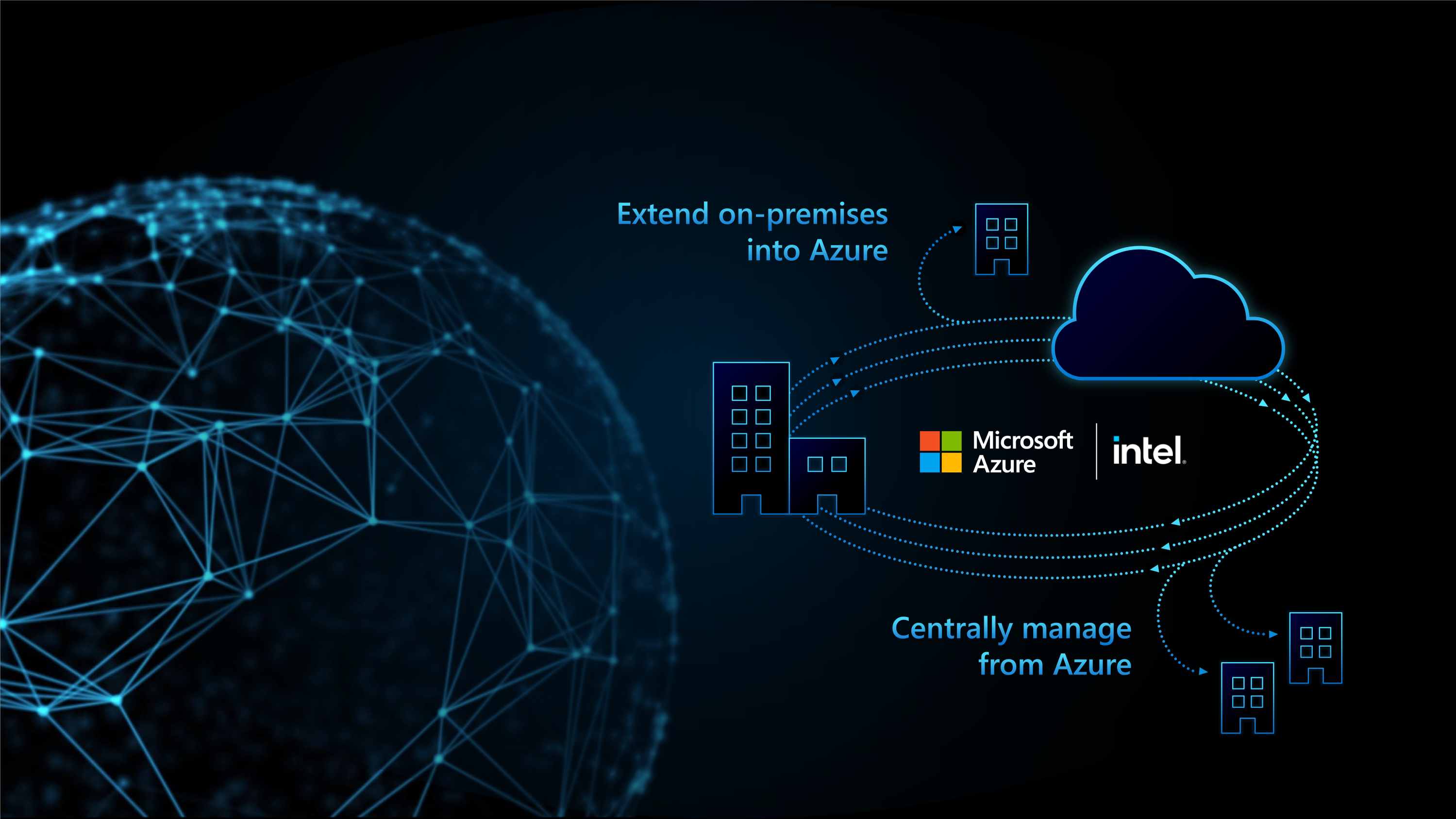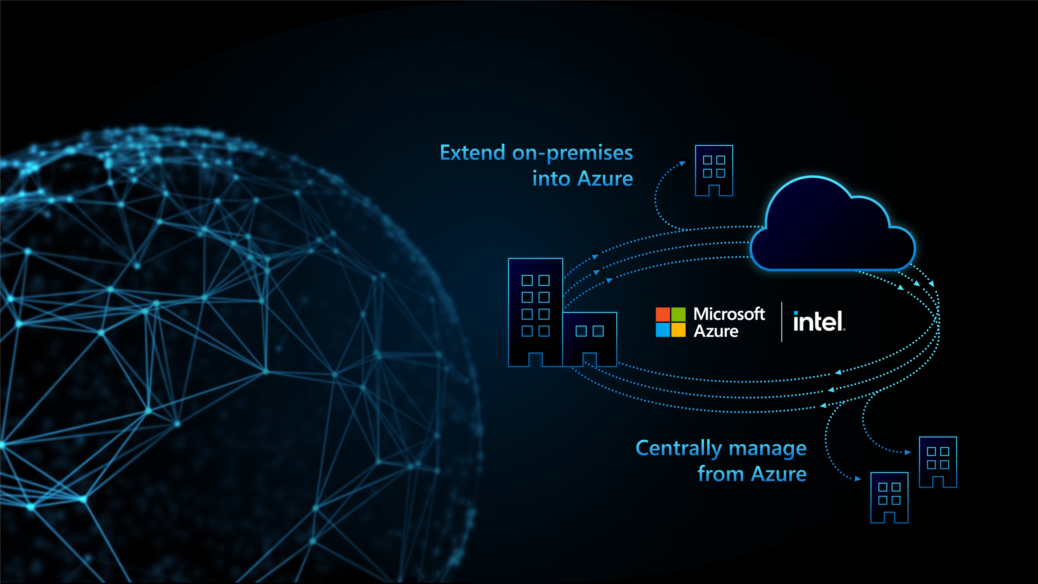Christine McMonigal is director of hyperconverged marketing at Intel Corporation.
Never before has the need for businesses to make progress along their digital journeys been more pressing—with more options to evaluate, urgencies to respond to, and complexities to understand in a complex landscape. Shifting demands, fueled in part by the covid-19 pandemic, have driven the need for businesses to make the leap to digitization at a pace never seen before. IDC estimates that as early as 2022, 46% of enterprise products and services will be digitally delivered, creating pressure on companies to pursue new ways of expediting digital transformation. Forward-thinking leaders have started this journey, ushering in a massive migration to the cloud, which serves as the heartbeat of digital transformation and establishes the foundation for future innovation.
But if digital transformation were easy, then every organization would be doing it. Instead, three common challenges occur and can often stand in the way of an organization’s progress:
Multiple cloud architectures. Apps and data continue to increase and reside in diverse clouds. Managing them to provide reduced latency, availability, and data sovereignty remains a complex undertaking.
Balancing old with new. In some cases, the urgent and rapid migration to the cloud has been costly. Applications or workloads that were moved to the cloud may have been better suited in a local environment. Businesses need more flexibility to update their legacy apps to become cloud-native over time. Simultaneously, on-premises infrastructure needs to be modernized to make it more performant, scalable, and efficient—in effect, to make it more cloud-like.
Security. The modern workforce is more decentralized, increasing the attack surface for organizations. This requires a new and dynamic security strategy that is holistic.
So, what’s the answer for enterprises to tackle these challenges? A pragmatic foundation for a modern digital infrastructure is hybrid cloud. It optimizes application deployments across locations, providing the ultimate level of agility based on changing business requirements. The on-premises side of hybrid cloud is best deployed via hyperconverged infrastructure, or HCI, which enables modernization that eases the transition by blending old and new.
By fusing virtualized compute and storage resources together with intelligent software on standard server hardware, this approach creates flexible building blocks intended to replace or optimize legacy infrastructure while providing greater agility. With this approach, many parts are brought together to offer a version of cloud infrastructure that features dynamic scalability and simplified operations.
Achieving agility through hybrid cloud
Delivering high levels of performance is a requirement for IT environments that rely on mission-critical databases and latency-sensitive applications. This is especially important in dynamic environments where data growth is constant and continuous access is a requirement, often compounded by demand for new analyses and insights. The ability to easily meet these performance and scalability requirements is essential for any business deploying hyperconverged infrastructures.
Microsoft and Intel are working together to take the best of software and combine it with the best of hardware technologies to provide organizations with a flexible infrastructure that can handle today’s demands with agility and set the pace for digital transformation.

Flexibility coupled with seamless management
Solving for the challenge of navigating and streamlining multiple cloud architectures requires a control plane that offers simplified management of both on-premises and public cloud-based resources. The hybrid offering available via Azure Stack HCI (delivered as a service) provides a comprehensive answer for this challenge. With Azure Stack HCI and integrated services such as Azure Arc, you can easily manage and govern on-premises resources, together with Azure public cloud resources, from a single control plane.
Any viable hybrid cloud offering needs to decrease complexity through simplified management, while increasing agility, scalability, and performance. You can maintain existing operations and scale at a pace that best suits your requirements with optimized on-premises hardware and legacy functionality and improved workload virtualization. Azure Stack HCI effectivelybalances old with new, supporting on-premises operations evolution to become part of your cloud operating model, from the core data center to the edge and the cloud.
Seamless management also includes maintaining a holistic and comprehensive security posture so that associated risks can be managed without sacrificing effectiveness. As computing complexity increases across the data center, edge, and cloud, it can increase those risks if not addressed. Security must go hand in hand with digital transformation. Intel and Microsoft are leading the way with a trusted foundation, from the software down to the silicon layer. We’ll soon be announcing multiple new technologies to secure data at rest and in use, and we’ll dive deeper on data protection and compliance in the next article in this series.
A hardware foundation to handle the digitization of everything
As we continue to see increased reliance on analytics tools and AI for data insights to manage operations and customer touchpoints, the importance of semiconductors continues to grow. This digital surge is increasing the demands for more compute power—suddenly, an organization’s infrastructure has evolved from tactical to the epicenter of new strategic business opportunities.
Creating a hardware infrastructure that flexes with business demands is one of the keys to unlocking the potential of an agile hybrid cloud that can move workloads across different environments with speed and ease. Intel’s mission is to provide the best technology foundation with built-in capabilities across performance, AI, and security that unleashes new business opportunities today and in the future. At the center of this foundation are 3rd Gen Intel® Xeon® Scalable processors.
Intel and Microsoft are working together to reduce the time required to evaluate, select, and purchase, streamlining the time to deploy new infrastructure by using technologies that are fully integrated, tested, and ready to perform. As evidence of this, Microsoft and Intel recently battle-tested Azure Stack HCI on the latest Intel technologies, showcasing 2.62 million SQL Server new orders per minute, one of the most popular workloads among enterprises. These optimized configurations are available as Intel® Select Solutions for Azure Stack HCI from multiple server OEM and scale partners.
Serving the needs of dynamic IT environments
It has never been a more dynamic time for businesses; the time to embrace hybrid cloud is now. Azure Stack HCI is charting a new and easy path to hybrid, with Intel as the technology foundation to modernize and turn infrastructure into strategic advantage.
If you’re ready to optimize manageability, performance, and costs while integrating on-premises data center and edge infrastructures into your hybrid and multi-cloud environment, learn more about Azure Stack HCI today.
Check out the latest Intel-based Azure Stack HCI systems and continuous innovation on Azure.com/HCI. While there, download the software, which Microsoft has made available for a 60-day free trial.
This content was produced by Microsoft Azure and Intel. It was not written by MIT Technology Review’s editorial staff.






Recent Comments